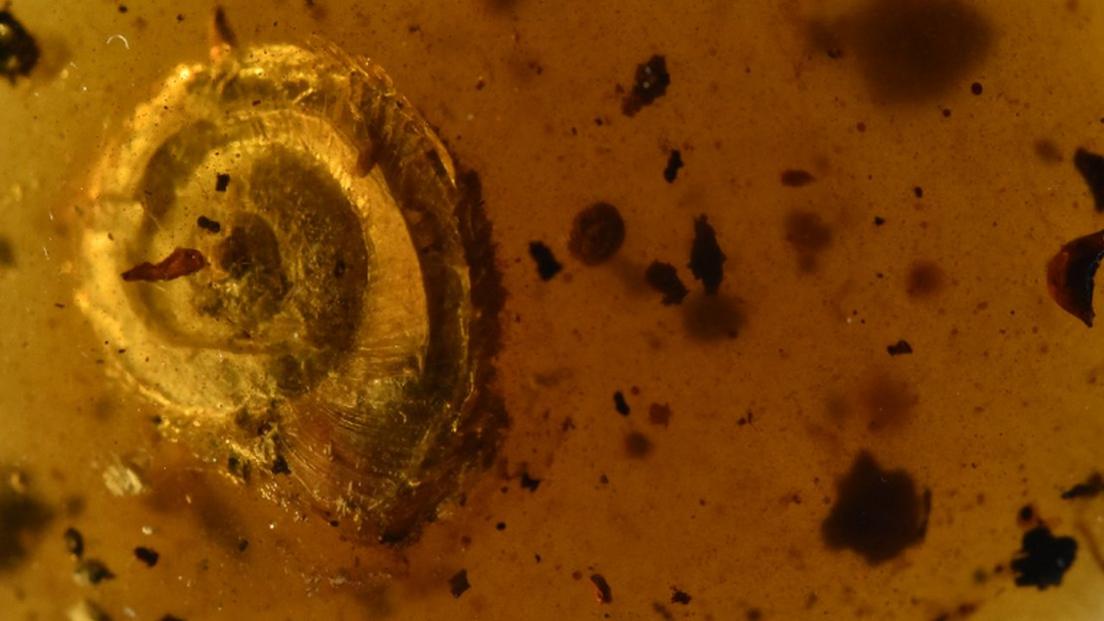Snails: Ancient humans ate giant land snails, according to new research
- Published
- comments
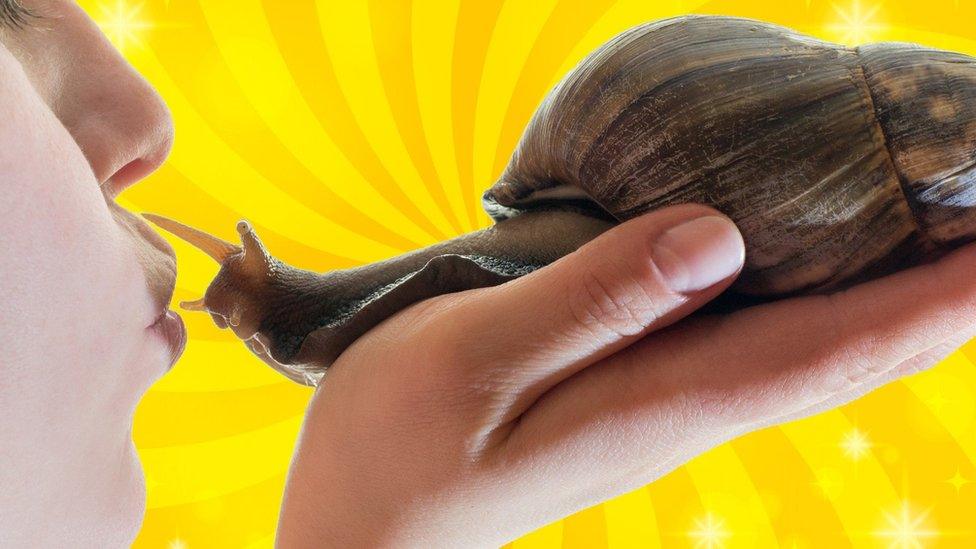
They're super slow, slimy and for people in many different parts of the world, they also make a pretty scrumptious snack... we're talking about snails of course!
The molluscs have been a staple part of many diets for years, but puzzled scientists have been looking into a very important question - when exactly did humans start eating them?
Well, it looks like they may have found the answer thanks to fragments of giant African land snail shells found at an archaeological site in South Africa.
The new research suggests humans cooked and ate giant land snails 170,000 years ago, in what is the earliest find of its kind.
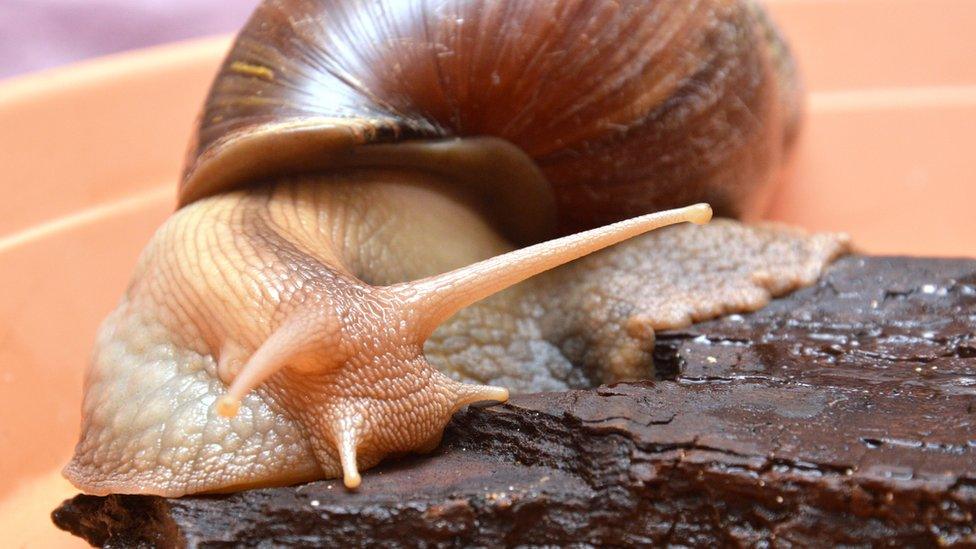
Giant snails are still eaten in many parts of the world
The snail remains were found at the Border Cave site located on a cliff near South Africa's border with Eswatini.
Border Cave is one of the oldest and most complete prehistoric sites in Africa. It's thought to have been lived in by humans for over 200,000 years and contains evidence of human activity dating back to the Middle Stone Age.
The snail shells were excavated from the site between 2015 and 2019, and range in colour from beige to brown and even matt grey, which indicate the snails had been cooked before they were eaten
Previous research suggests humans began catching and eating giant snails about 35,000 years ago in Europe and 49,000 years back in Africa, with their consumption becoming more frequent among human populations between 14,000 and 10,000 years go.
However, the scientists working on this latest study believe it shows people actually started eating the molluscs much earlier.
The study suggests large African land snails were first brought to the 200,000-year-old site by humans in southern Africa about 170,000 years ago, with the popularity of this increasing between 160,000 and 70,000 years ago.
The shells of some African land snails can measure between 10 and 20 centimetres, depending on the species.
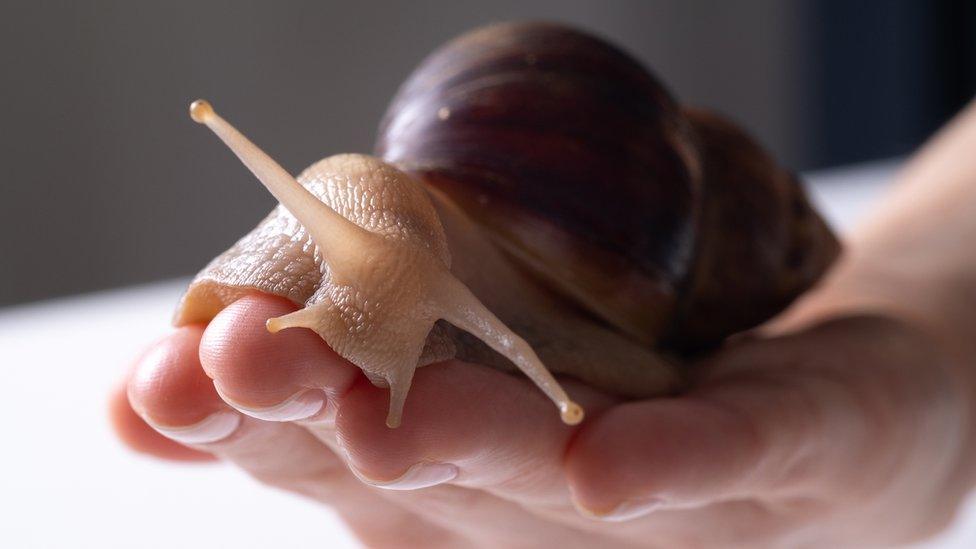
Researchers have been trying to figure out when humans starting cooking and eating these super size snails
"Terrestrial molluscs are an excellent source of nutrients, they are easy and not dangerous to collect, they can be stored for some time before being consumed, they are simple to prepare and to digest as long as one has a basic mastery of fire," the study says.
This would have made the snails an ideal food source for humans at the time.
"The easy-to-eat, fatty protein of snails would have been an important food for the elderly and small children, who are less able to chew hard foods," Marine Wojcieszak who worked on the study told Science News.
- Published21 July 2022
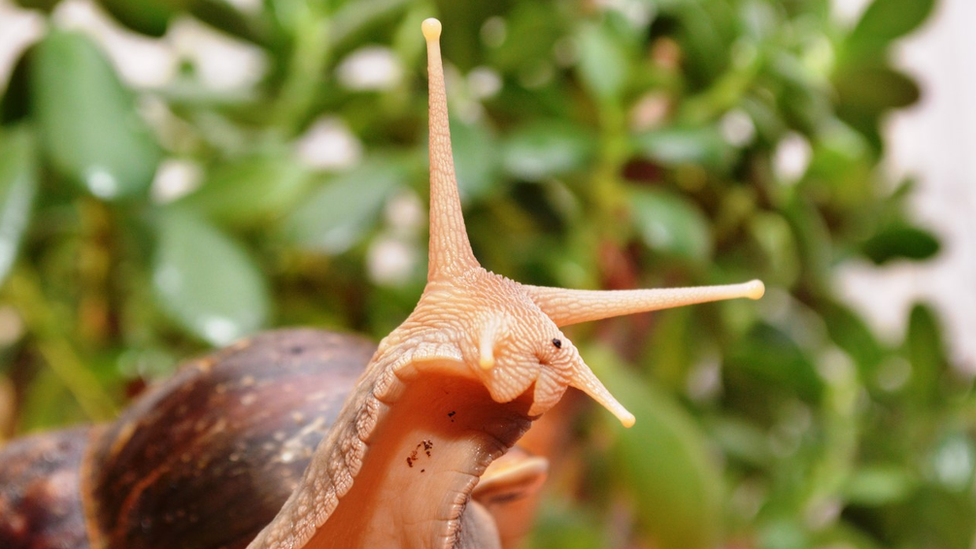
- Published14 July 2022
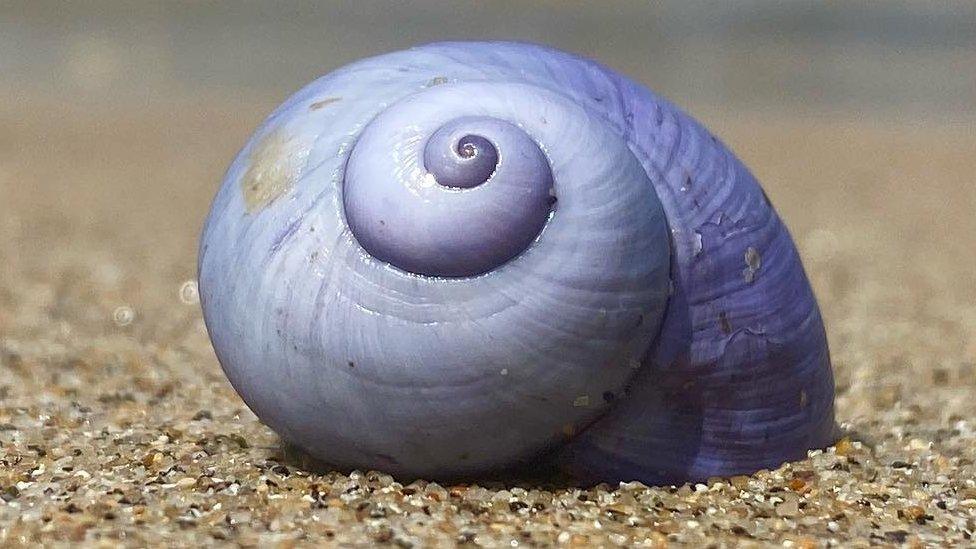
- Published10 November 2022
